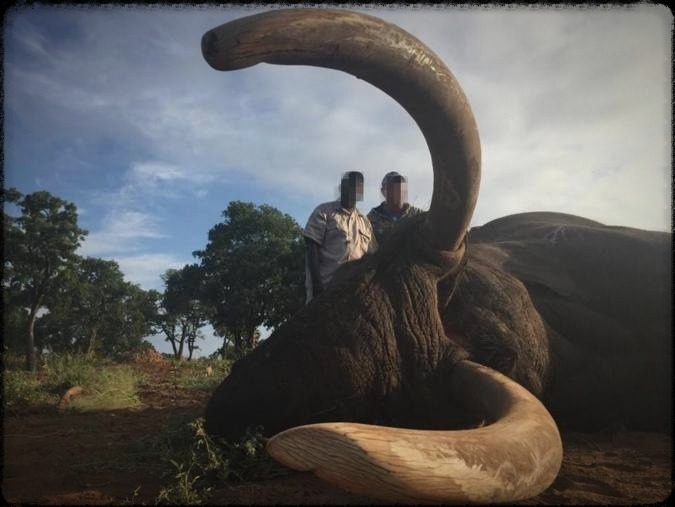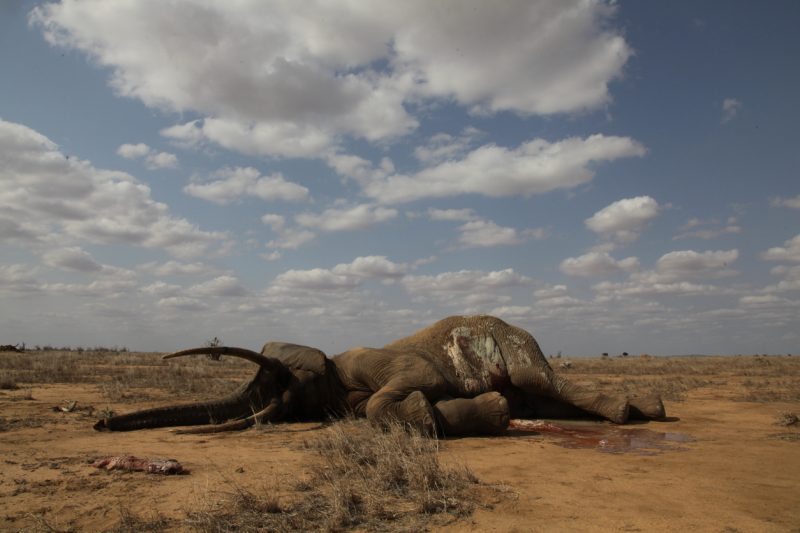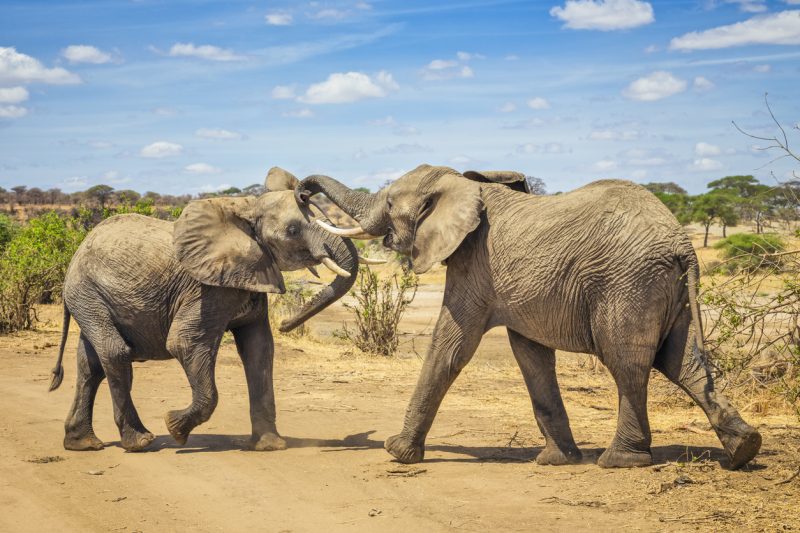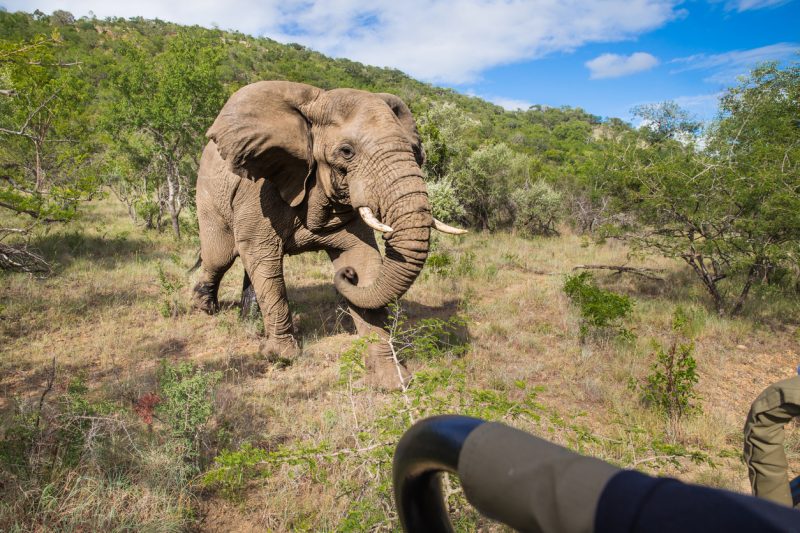Trophy Hunter Shoots Second Rare Large-Tusked Elephant in Zimbabwe

Sure to reignite the debate over the trophy hunting of elephants, a hunter has recently shot and killed a giant trophy elephant in Zimbabwe.
Reported in The Independent, the trophy hunter, identified as Grant Taylor, previously killed a similar bull elephant 2015, which was believed to be the largest elephant killed in over 30 years. The hunt was sponsored by JWK Safaris, who have since deleted the post from their Facebook page.
The elephant itself was said to be an excellent specimen, having the Gonarezhou and Kruger gene. This genetic trait causes elephants to grow longer, thicker, and symmetrical tusks, making them a prime target for trophy hunters.
Researchers are concerned that losing these elephants from the gene pool will cause elephant tusk size to continue to decline, evolving to smaller tusks as the genetics for producing larger tusks disappear due to hunters and poachers.

JWK in particular has come under fire, as all of their safari locations border national parks, where the animals are protected. As the animals move from the protected areas into open hunting areas, they can be tracked and shot.
A similar situation exists on the border of Kenya, which has banned elephant hunting, and Tanzania, which still allows the sport. Elephants in the Amboseli National Park in Kenya have become accustomed to humans, and their instincts and fears have been reduced. However, as they cross the border into Tanzania, those same humans are there to shoot and kill them.
Elephants have long been recognized as intelligent, sensitive animals with a strong matriarchal family structure.
These traits trigger emotionally-charged discussions and have even led to court cases such as one described on Quartz where an animal rights activist lawyer filed a writ for a ruling that three specific elephants are “legal persons” and have a right to freedom and mobility without risk.
As with the trophy bull taken in 2015, estimated to be 35-40 years old, hunters argue that these elephants are beyond breeding age and have no impact on the herd size or gene pool.
Researchers counter that elephants are still in their breeding prime at this age, and, in fact, are more important to the continuation of the species. These researchers feel that killing these males will impact the herd, as these bulls exhibit desirable health and longevity traits.

The pro-hunting coalition argues that hunting actually helps the elephant population grow and point to the over 70,000 elephants in Zimbabwe alone.
They point out that Kenya, which banned elephant hunting in the 1970s, has seen the elephant population dwindle from 160,000 to under 30,000. They argue that, with the money from hunting tourism benefiting the villages, the people are less tolerant of poachers taking away their livelihood.
However, protection organizations like the Conservation Action Trust point to studies that show very little of the tourism dollars benefit the villages, and a 2017 Australian study by Economists at Large done for Humane Society International says that the trophy hunting portion of the total tourism dollar income represents less than 2%.
In addition to Zimbabwe, elephant hunting is also currently allowed in Tanzania, Namibia, and on private ranches in South Africa.
Pro-hunting groups point at the estimated cost of $50,000 for a hunting safari, which covers permits, guides, fees, and so on. While there is no doubt this brings some economic benefit to someone, it is unclear how far the trickle-down impact goes toward helping the villagers near the hunting grounds.

The only thing that is clear is that this debate is not going to end anytime soon. Each faction has both strong emotional and factual arguments relative to elephant hunting.
While ivory trading has, for the most part, been legislated out of the equation, it still comes down to the thrill of the hunt versus the protection of an animal known for its social structure, intelligence, and empathy.
Perhaps the only way this conundrum will be solved will be if Mother Nature herself steps in, as she did when a pride of lions attacked and killed four poachers and earlier this year when a rhino poacher in South Africa was trampled by an elephant and eaten by lions. Nature’s payback?
